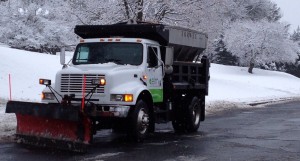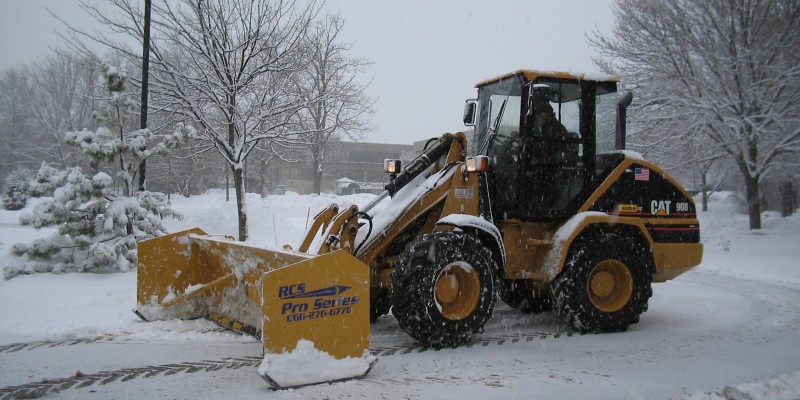

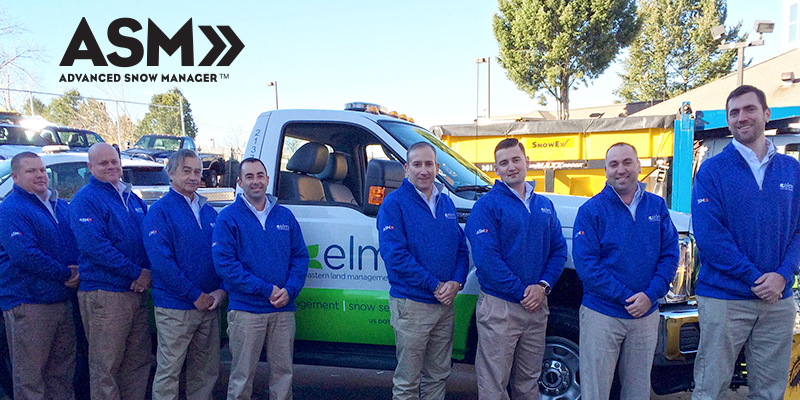
Eastern Land Management Employees Earn Prestigious Snow Training Certification from the Snow & Ice Management Association
The Snow & Ice Management Association (SIMA) has announced ELM as the first company in the country to earn the Advanced Snow Manager (ASM) title after employees individually completed (and passed) a four-part, snow operations training program set by the organization. ELM currently has 10 Advanced Snow Managers on staff – the most for any single company.
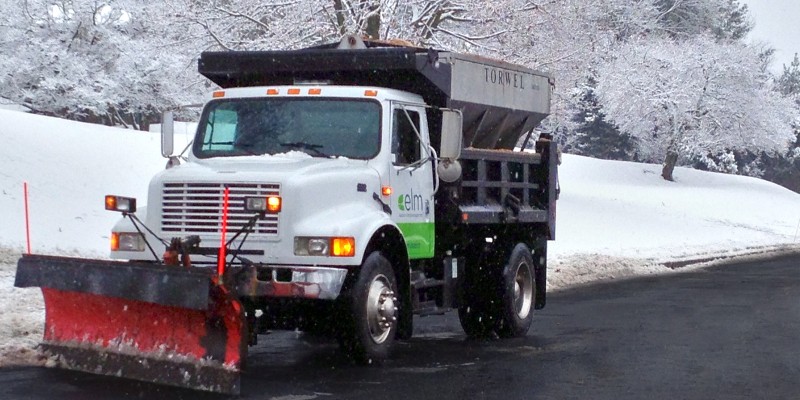
Forecast and Trends for this Winter
Nobody really knows what to expect of the coming winter season, but we can assure you that you can put your trust in ELM.
Warning: Your De-icing Plan Could be Hazardous to the Environment
One of the biggest challenges for salt and snow crews during harsh winter weather and severe snow, is balancing the need for safety and response time to client sites while providing a cost effective service. And, with that, comes growing concern about what happens to the salt that coats roadways and walkways when the residual inevitably stays in the environment.
As we head into the heart of the winter season (mid-January to the end of February being the snowiest in CT, in particular), ELM is stocked and ready to go with plenty of the white stuff – not snow, but approximately 1,200 tons of our own environmentally-friendly road salt.
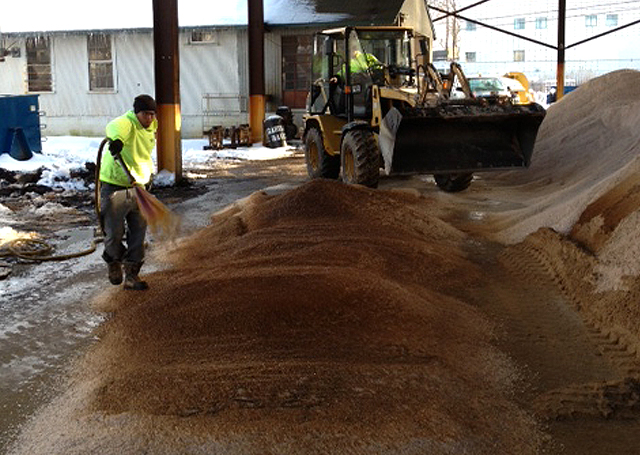
Significant amounts of salt is needed to keep grounds ice-free. In fact, about 275 to 350 tons of salt is used by ELM crews in a typical three- to-five inch snowstorm in Westchester, New Haven and Fairfield counties alone. With that in mind, protecting landscape investments is top priority.
At our yard, we mix liquid additives to salt to improve its potency for the safety of our clients’ sites. Calcium chloride provides efficacy in low temps when salt becomes ineffective; pulverized and liquefied tree roots diminishes the environmental impact of the mix; and a corrosion preventer additive lessens damage to hard surfaces. A liquid ingredient also triggers a quicker reaction to snow and ice, plus binds to the pavement to prevent a slippery glaze of ice and snow.
The End Result?
A high-quality product that reduces the amount of salt needed on the ground by nearly 30 percent! This, in turn, lends itself to a lower cost to our clients and less environmental impact all while improving performance during cold winter temperatures – so your business can be kept running safely no matter the weather. A win-win all around!
So, before the predictions of the heavy snowstorms that will overcompensate for the mild winter thus far come true, it makes sense to have a snow removal plan in place. An experienced and eco-friendly snow service provider can design a custom plan that ensures safety and combats environmental damage.
Tell Us
What’s most important to your business when it comes to snow removal this winter?
Off Season Training
In today’s world, the best athletes have a rigorous off season training program to be fully ready for the competition of game time. It’s the same thing for our snow services team. Even though winter is three to four months out, ELM is honing our skills and improving our operational models.
ELM Area Manager, Peter Bezzini has just earned his ASM Credential from Snow and Ice Management Association (SIMA). Peter’s ASM – Advanced Snow Manager – Credential is the fruition of his studies and successful testing in four individual courses – Core Principles, Plowing Operations, Sidewalk Operations and Ice Management. Fulfilling the requirements of each course merits the ASM designation.
Peter shares “it was eye opening training for me. The budgets and especially the risk and liability factors associated with snow and ice services are significant for our clients. Every event is different; timing, amounts, frozen precipitation all mean we must pre- plan for and execute several site specific snow plans to have our properties open and safe in a timely fashion.”
He adds “SIMA has done a great job in assembling best practices and processes. I’m looking forward to integrating these into ELM’s approach and continuing to improve on our long standing reputation for excellence in snow removal in Fairfield and Westchester Counties.”
Over the next few weeks, Peter will be leading training sessions for our team members as ELM prepares for the upcoming winter. It’s part of our “off season” training to be the best.
Office building owners, managers battle winter snows
A short, excellent article from The Stamford Advocate on how this season’s heavy snow fall has impacted building owners, property managers, human resources and snow service providers in the Fairfield and Westchester area—Many thanks to Marcus Partners for the shout out.
Snow Season-Halftime Analysis
As we begin February, property managers and facility directors of commercial properties in Westchester and Fairfield counties are beginning to grow a bit weary of the winter of 2013/2014. This season has been an active one with many storms and near record cold temperatures. The unseasonably low temperatures have driven up the materials usage needed to deliver clean pavements (see blog Cold, Colder, Coldest). And, for those in the per storm/per inch contracts, costs are continuing to climb.
There is no crystal ball to predict the long term weather pattern, but with 6-8 weeks of the snow season left, no doubt we are in for a least a few more events. If the snow continues, what possible avenues can be considered to help hold or reduce cost?
Review your site usage, is there a remote parking area or portion thereof, which can either be closed to parking, or plowed just once at the end of the event? Could some unused walkways be reduced to end of storm, or emergency exit only treatment? Is there a side entry plaza or outdoor patio area which is used by a few people which could be downsized in coverage?
After your initial review, schedule a meeting with your snow services provider. He knows your site throughout all conditions, day and night. With an active exchange of ideas and recommendations from both parties, perhaps a more budget feasible approach can be developed.
Game Plan – Snow Plan
The countdown has begun for the big game, the Super Bowl. Broncos, Seahawks. This is the game which nearly everyone watches or at least participates. For some it’s the football, others it’s the wings or chili at halftime and for others it’s the commercials. For most, it’s a great time to get together with family and friends in the middle of winter.
This year’s game brings a unique potential storyline to it-what if it snows? What if it really starts coming down a few hours before the game as all those buses, limos and cars are headed to MetLife Stadium? Not good! Imagine being one of those individuals or corporations who secured a super box for upwards of a million dollars, in a standstill, somewhere outside the stadium at kick off time.
Just like the offenses and defenses in the game, no doubt, for the snow removal team, extensive planning has taken place. Every loader, pusher, plow truck and snow shoveler has a coverage zone, where to start, where to finish. Entries/exits have been prioritized. Handicap parking has a precedence. Communication protocols for each zone leader have been dialed in. De-icing materials (more than enough) have been stockpiled. Contingency plans (what if it’s a significant storm?) have been brainstormed and put in place.
Does your site, facility or campus have a documented snow plan? What areas are priority one-constant clean? Is there a slope or hill on your site which can quickly become dangerous? Are there areas which just need to be safe and passable? Is there a front door which only a few people use and secondary entry which many use? What about all those emergency exits?
The best snow service providers work closely with facility directors, property managers and building owners to develop and document a snow plan/game plan. The plan is critical to how we roll out the equipment, manpower and supervision to accomplish site safety and mitigate your risk in a consistent and cost competitive fashion.
In football and in snow removal, the winning team will be the one who prepares and executes a great plan.
Cold, Colder, Coldest – The Impact on Salt Usage
Here in Westchester and Fairfield County, we are experiencing an exceptionally cold spell, even for southern New England. Everyone is adding that extra layer before going outside. It seems like the car takes forever to warm up and the furnace won’t stop running. When the news media and meteorologists introduce the term “Polar Vortex”, you know it’s cold!
It’s all about a 30 degree swing. Which is not so bad when temps go from 80 to 50, but when temps drop from 25-30 (average for us around here) to 0 and below, it changes how property managers, facility directors plan for and operate their facilities, and snow removal service providers change their methods to achieve site safety.
When the temperatures are in the 0 range, it is a real game changer for snow removal. The snow removal aspect does not change greatly. Most important, is keeping the manpower warmed and moving through the event. The big change comes in material usage, especially salt and salt products.
Think back to high school chemistry experiments where heat was an important part of obtaining the results. In snow removal at these temps, it is the lack of heat and severe cold which impacts the desired reaction — melted snow and ice. The table below shows how the extreme temperature dips require a multiple of the salt material needed which the average storm consumes to achieve clean, safe pavement conditions.
| Pounds of Ice Melted Per Pound of Salt | |
| Temperature Degrees F | One Pound of Sodium Chloride (Salt) |
| 30 | 46.3 lbs. of ice |
| 25 | 14.4 lbs. of ice |
| 20 | 8.6 lbs. of ice |
| 15 | 6.3 lbs. of ice |
| 10 | 4.9 lbs. of ice |
| 5 | 4.1 lbs. of ice |
| 0 | 3.7 lbs. of ice |
| -6 | 3.2 lbs. of ice |
While southern New England does not get many snow storms in the 0 degree range, when they do arrive like these past few in late December and early January, you can see why they require nearly four times the material required in a 25 degree event. ELM utilizes treated salt which does quicken the activation time some; however the severe cold still requires a multiplier of 2-3 times the typical usage rate.
Everyone has welcomed the recent warm-up. However, when temperatures dive to near zero, informed snow fighters will be adjusting their application rates to ensure timely site safety and mitigate the risk so inherent in snow removal services.
Snow Fall Guess
As we walk our properties with our clients, or meet with property managers at this time of year, a question we hear frequently asked is “what kind of winter are we in for this year?” Well, of course, the only correct answer is no one knows for sure. This being New England though, the conversation rarely stops there.
For years, keen observers of Mother Nature have attempted to make direct and quantifiable correlations from woolly bear caterpillar’s stripes, to the number of acorns on the ground, to spiders spinning over size webs. It makes for fun conversation.
Those more statistically inclined, might interject with a few heavy seasons behind us, we are due for a lighter snow fall this year. Certainly over a range of years, snowfall totals will move towards the average. Those who have lived in New England long enough know in any given year a guess is just that—a roll of the dice.
Accurate and timely forecasts are instrumental to Eastern Land Management’s snow removal operations. We utilize the services of WeatherWorks, Inc. before, during and after storms. It’s a real key to planning for and revising our approach to every storm event. Each year at this time, their meteorologists perform research to provide a scientific answer to the above. They endeavor to match several atmospheric oscillation patterns to past years data to put forth a prediction. This includes the ENSO Neutral Condition, which we have come to know as El Nino/La Nina.
As of late September, WeatherWorks’ preliminary outlook is for an “above normal likelihood for a cold outbreak from late October through mid November…with the potential for a pre-winter event.” They also see a relatively cold winter with coldest runs early and late in the season. Precipitation looks to be active. As we move into early November, they will refine this again.
So, what does it all mean? Sounds like a chilly and active winter. Here in Fairfield and Westchester County, with our proximity to Long Island Sound, a degree or two can be the difference from rain to snow. What kind of winter are we in for…place your bets.

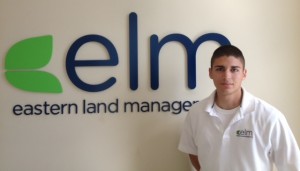
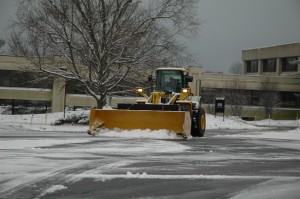
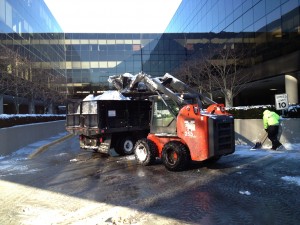
![-ac7cb0370a2a7cef[1]](https://www.easternland.com/wp-content/uploads/2014/01/ac7cb0370a2a7cef1-300x194.jpg)
